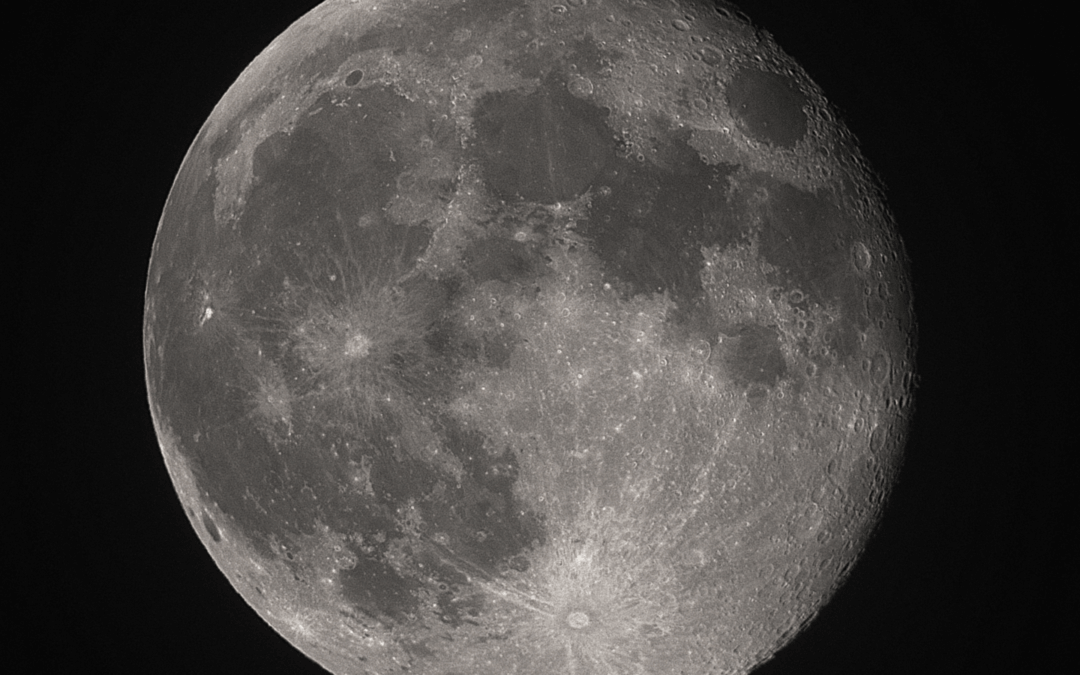Observing the Sun is one of the most thrilling experiences in astronomy. The very thing that keeps us alive and lights our world to keep us warm also gives us another gift – a chance to study a star up close! The Sun allows us a peek inside the dynamic lives of stars to marvel at features like sunspots and other solar sights. But if you’ve never looked at the Sun, you may be wondering what all the buzz is about!
What is a Sunspot?
So, what is there to observe on the Sun? When you look at the sun through a telescope equipped with a solar filter, you can see sunspots! These are temporary phenomena on the Sun’s surface that appear as dark spots when compared to surrounding areas because they are cooler. For reference, the average surface temperature of the Sun is around 5,500 degrees Celsius (over 10,000 degrees Fahrenheit!), but sunspots can be half as hot or even chillier – relatively speaking, that is.
Sunspots form because as the Sun’s insides churn, they drag the Sun’s magnetic field with them. Sometimes, this magnetic field gets so tangled up and dense in one area that it actually prevents heat from rising to the Sun’s surface. This blockage of heat creates a cool area, giving birth to a sunspot – or a “starspot” if it is on a star other than the Sun.
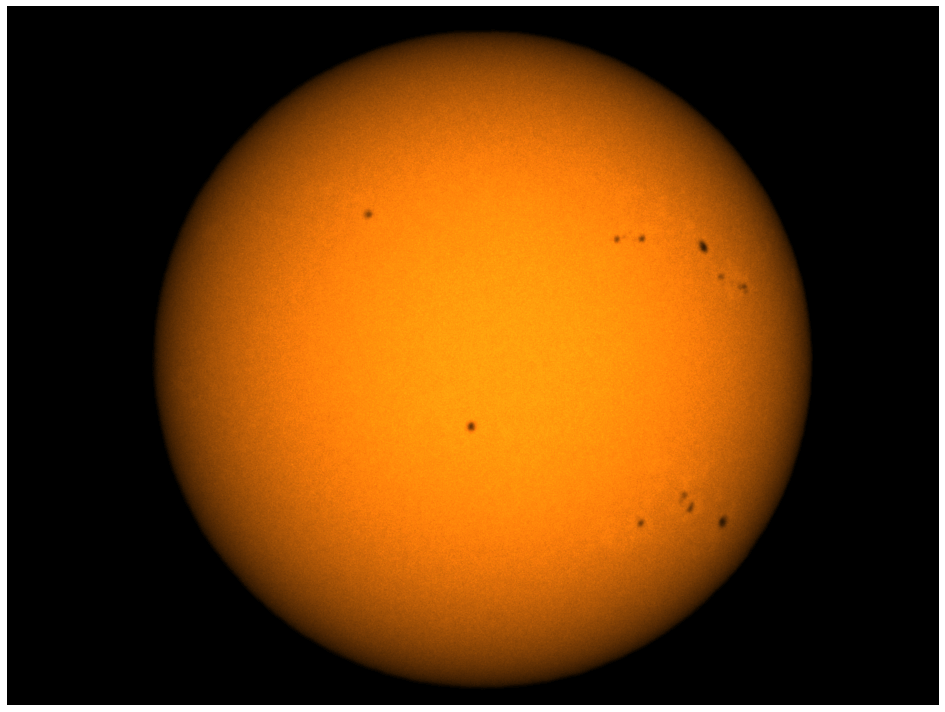
An image of the Sun through the eVscope equipped with the Smart Solar Filter.
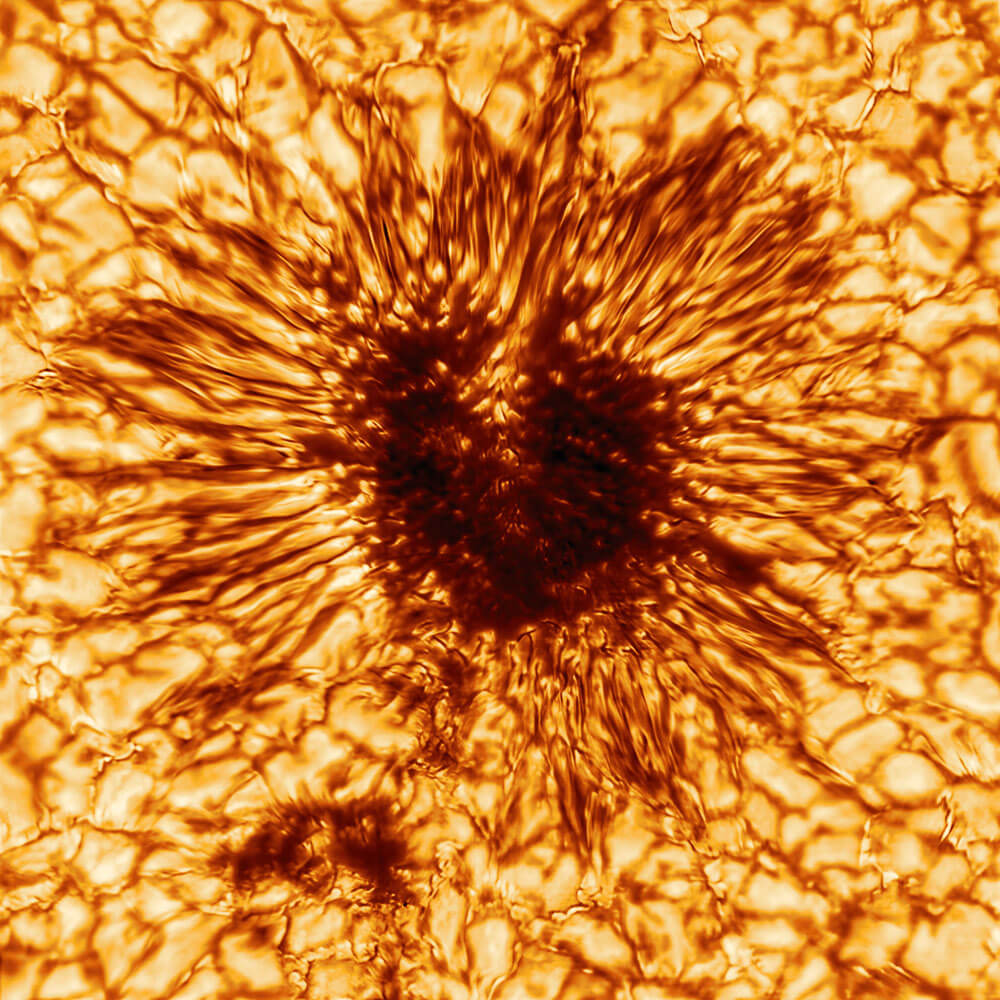
Credit: NSF’s Inouye Solar Telescope. An up close image of a sunspot.
More Sunspots Will be Visible in the Coming Years
By observing the sun, you can learn a lot about the star that sustains life on our planet. For example, you can track the number of sunspots to see how the Sun’s activity varies during the solar cycle – a repeating pattern of changes in the Sun’s activity that happens every 11 years when the poles of the Sun’s magnetic field flip. This cycle has two phases: the solar minimum and the solar maximum. During the solar minimum, the Sun is less active, with fewer sunspots and less energy. In the solar maximum, the Sun becomes more active, with more sunspots and powerful bursts of energy called solar flares. And since the next maximum is in 2025, we are now at a time where more sunspots are visible.
Individual sunspots or groups of them may last anywhere from a few days to a few months. Sunspots don’t stay stillt though! They expand and contract as they move across the surface of the sun with a typical diameter ranging from a few hundred to over 80,000 km (nearly 50,000 miles). Many sunspots are even larger than our entire planet! Sunspot groups are often connected by giant loops of plasma emanating from the Sun’s surface, called prominences.
As you can see, our star is constantly changing, which is why observing it can be a great experience for people of all ages. But safety first!
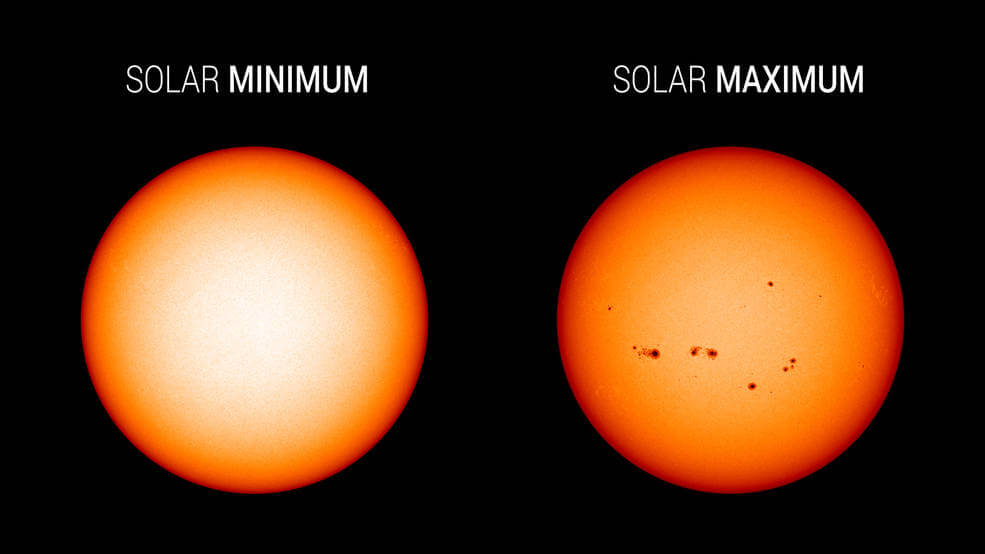
Credit: NASA’s Solar Dynamics Observatory. The difference in sunspots and solar activity between solar minimum and maximum.
How Do We Observe the Sun Safely?
When observing the Sun, safety is paramount. Looking at the Sun without proper equipment can cause serious damage to your vision, or even the electronics in your telescope. In order to look at the Sun safely, you need to block 99% of the Sun’s light before it reaches your eyes!
That’s why it’s important to use a high-quality solar filter like the Unistellar Smart Solar Filter. Unistellar’s solar filter is designed with a special coating that blocks harmful ultraviolet and infrared radiation while allowing visible light to pass through, providing a clear view of the Sun’s surface features and sunspots. It is truly an essential tool for anyone who wants to observe the sun safely and accurately, since it is never safe to look directly at the Sun.
Unistellar stands behind the safety of its products. The Unistellar Smart Solar Filter comes with a warranty to ensure that it meets the highest standards of quality and safety. With this solar filter, you can observe the sun safely and confidently. So don’t miss out on the amazing experience of observing the closest star to our planet. Get your Unistellar Smart Solar Filter today and unlock the secrets of the Sun, like sunspots and solar eclipses!
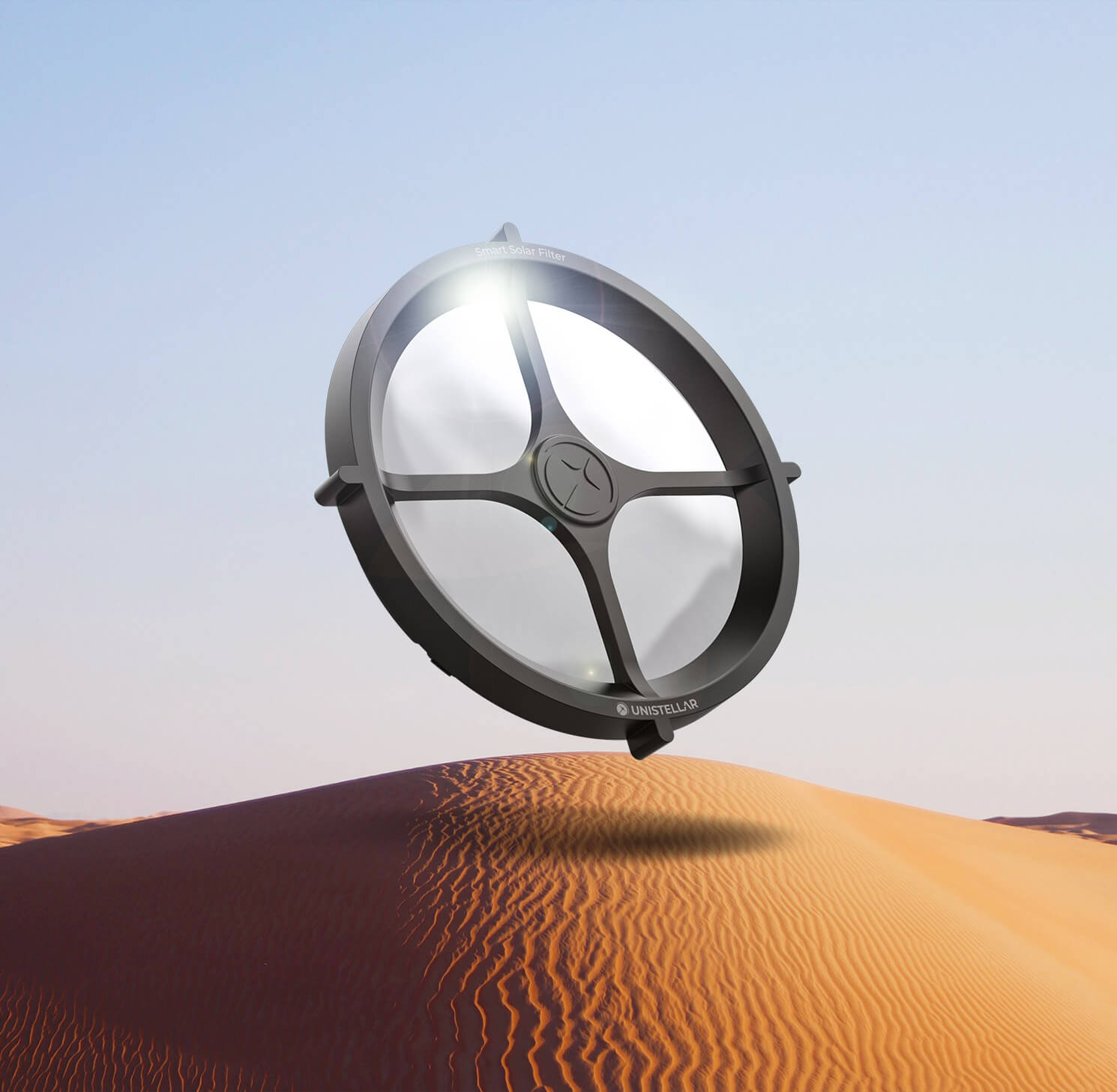
Further readings
3 Reasons to observe this month
Every month, discover three unmissable celestial events to observe with your Unistellar telescope.
Observing Eclipses on Jupiter: Cosmic Spectacles Through a Telescope
The latest Unistellar App Update, version V3.0, is now live. Explore a smooth stargazing experience !
Unistellar Community Included In Multiple Scientific Papers
Did you know Unistellar Citizen Astronomers are often cited in published scientific papers? Find out how you can contribute too!
What Are the Names of All the Full Moons in 2024?
Discover the enchanting names of the full moons in 2024. Delve into the unique character of each lunar spectacle and embrace the allure of the night sky.
New Unistellar App Update: Version 3.0
The latest Unistellar App Update, version V3.0, is now live. Explore a smooth stargazing experience !
What to Observe This November: Open Star Clusters and More
These Halloween deep-sky objects will add some light to those dark, spooky nights. Treats, tricks, and telescopes await!




